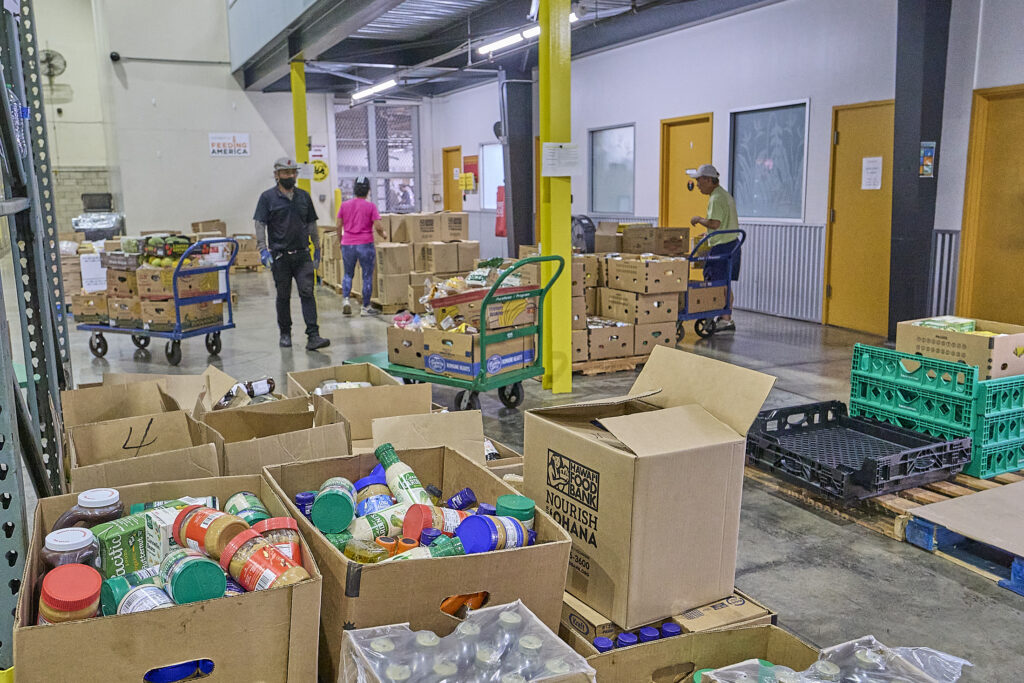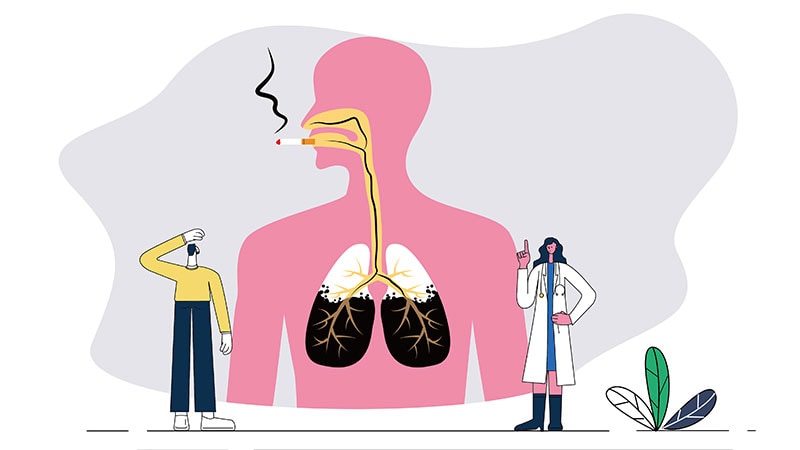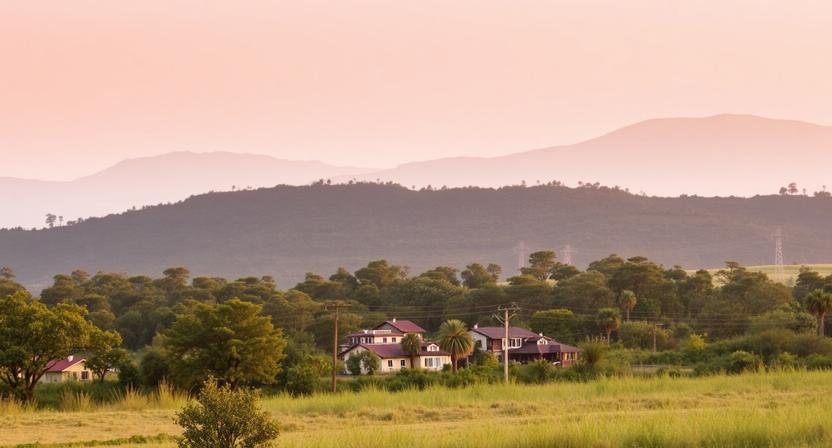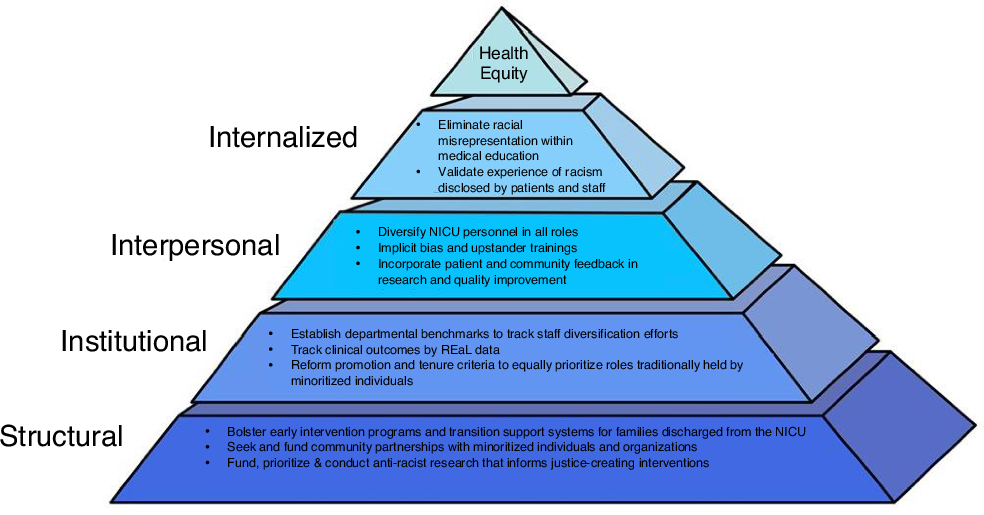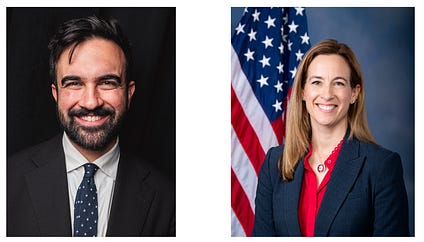Air pollution may be a new form of redlining
According to a recent report, the higher prevalence of air pollution in minority communities may be a new form of redlining.

Metro Denver air pollutants hit minority areas hardest in a new form of redlining, study shows
by: Michael Booth

Air pollutants from auto and industrial sources concentrate in metro Denver’s most Hispanic and Native American neighborhoods, in part because of historic redlining that denied minority housing in whiter communities, according to a new study from University of Colorado scientists.
While statewide policy efforts focus on air pollution from a wide geographic area, including oil and gas wells in Weld County and agricultural sources of methane and nitrogen, Denver’s more urban neighborhoods are heavily impacted by nitrogen dioxide and particulates from vehicles and highways, the study says.
Policymakers could focus air pollution cuts more precisely and have a greater impact on historically exposed neighborhoods, according to scientists from the Cooperative Institute for Research in Environmental Sciences, or CIRES. Policy changes could include redirecting heavy truck traffic, accelerating the switch to clean electric vehicles, or addressing pollution from single industrial sources having the most impact, they said. Suncor’s Commerce City refinery is one of the heavily polluting industrial complexes at the heart of the study’s most impacted areas.
“They shouldn’t have to breathe more pollution there, just because that’s where they’ve lived for generations,” said lead author Alex Bradley, a doctoral student in chemistry and environmental sciences.
“Perhaps we should go beyond sort of the standard approach to address ozone pollution,” said co-author and CIRES/CU chemistry professor Joost de Gouw. “And think about these intra-city differences.”
The study, published Wednesday in the journal “Environmental Science and Technology,” used satellite-based images and models to focus on concentrations of nitrogen dioxide and PM2.5, an EPA-regulated category of microscopic particles toxic to the lungs. Variants of the nitrogen oxides come from fossil fuel vehicle exhaust and power generation by coal and natural gas. Particulate matter is created by a mix of vehicle exhaust, wildfires and cooking, causing millions of worldwide deaths annually, according to the study.
The researchers then overlaid those pollutant maps with historical records from housing finance agencies like the Federal Housing Administration, which for decades denied loans for homes given lower letter grades correlated with heavily minority populations.
“We find districts that were graded A in 1939 have lower air pollution than the districts that were graded D,” Bradley said. He also pointed to other historical sources of pollution in the most heavily impacted neighborhoods, including a series of metal smelters in the Globeville-Swansea area that laid down layers of toxins that later became a Superfund site.
The researchers applied the same layers to hundreds of other U.S. cities and found similar patterns in most of them.
“People of color fare worse today, while non-Hispanic whites fare better,” according to a CU release accompanying the study.
The study also added a layer looking specifically at transportation impacts, as the most heavily polluted neighborhoods show up on the map in triangles roughly surrounded by heavily-trafficked Interstate 70, Interstate 25, Interstate 76 and Interstate 270. That core also includes extensive warehousing, fueling and repair operations for industrial vehicles.
Fellow researchers tracking vehicle emissions by fuel used showed higher concentrations in the areas with more residents of color.
“It definitely won’t be surprising to the people who live in these communities,” Bradley said of the study. “They know the air that they breathe is of worse quality, and they know that they’re experiencing worse health effects because of it and they’re trying to do what they can to help mitigate that.”
The legislature is expected to take up soon a new package of air pollution bills, though Democrats have made similar attempts in recent years that have been watered down or rejected altogether under pressure from oil and gas trade groups and Polis administration officials who want time for other recent measures to take effect.
What is Your Reaction?
 Like
0
Like
0
 Dislike
0
Dislike
0
 Love
0
Love
0
 Funny
0
Funny
0
 Angry
0
Angry
0
 Sad
0
Sad
0
 Wow
0
Wow
0








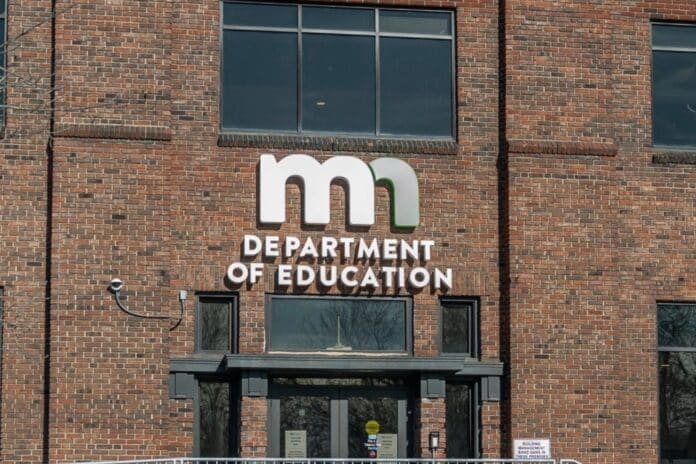



















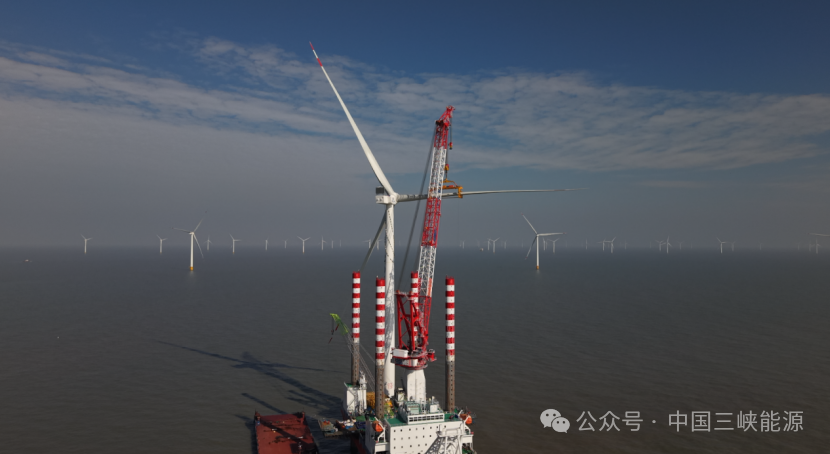





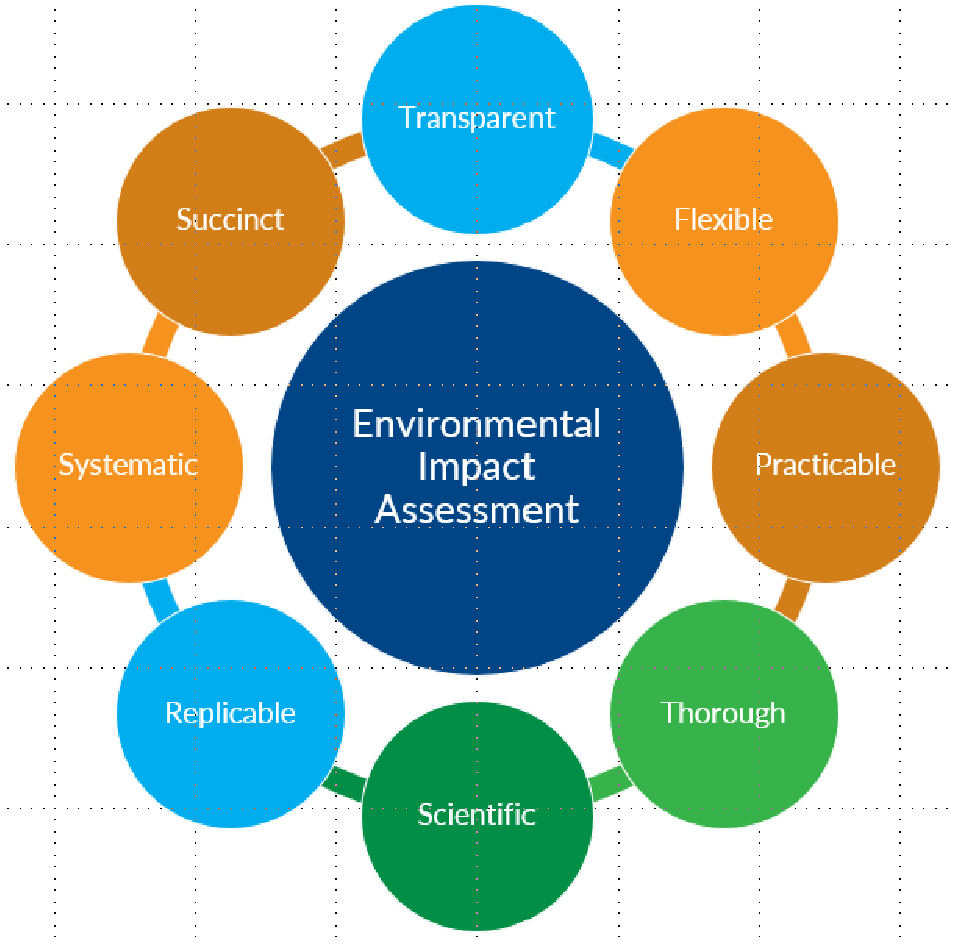











/environment-climate-change-and-health-(ech)/water-sanitation-hygiene-and-health-(wsh)/landfill-tuvalu-36092.tmb-1200v.jpg?sfvrsn=5c21fe40_1#)




.jpg.webp?itok=0ZsAnae9#)



